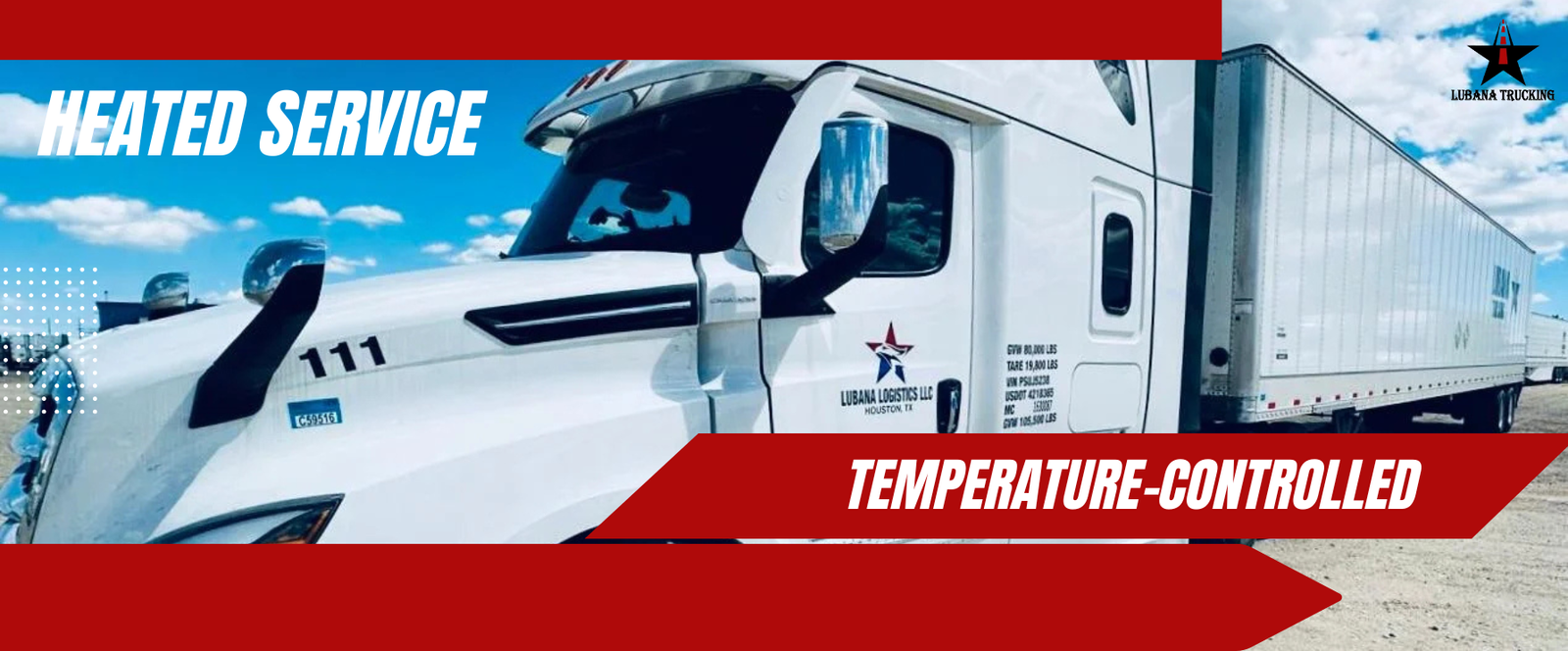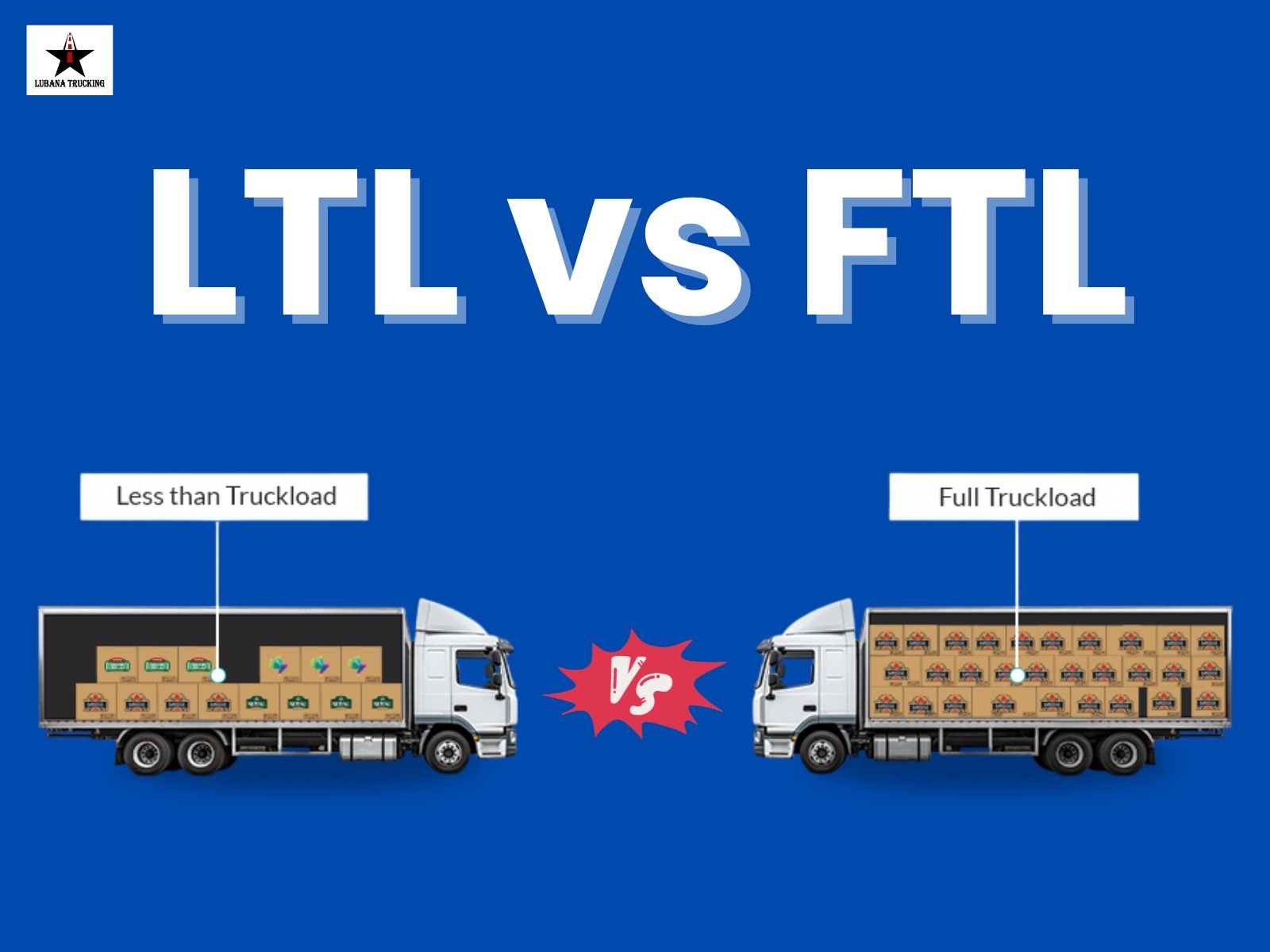Essential border crossing documents for U.S. – Mexico shipments
A basic knowledge of the main border crossing documents is fundamentally important to new participants in international trade.
Although trade between the United States and Mexico is free of tariffs and duties, as a result of the signing of the NAFTA just over twenty years ago, this does not mean that border crossing documents that accompany trade flows have gone the way of the dinosaur, as well. Companies that are new to international trade between the two neighbors and economic partners should have, at least, an introductory knowledge of the ten border crossing documents that are most essential to binational trade:
Bill of Lading – this document provides evidence of the authority shippers and forwarders to move goods. It also provides important instructions to both. Bills of Lading provide detailed information on the composition of the goods being shipped, and also give title of the contents of the shipment to a specified party.
Commercial Invoice – The Commercial Invoice is an extremely important border crossing document. Without it, shipments will not be permitted to clear Mexican Customs. If the document is in a language other than Spanish, Mexican Customs requires that the shipper, or freight forwarding service provider, provide a Spanish translation copy. Commercial invoices should include:
- a description of item or items being shipped
- a count of the quantity of the item or items being shipped
- a statement of value
- an identified country of origin information
- a statement of where purchase was made
- a disclosure of names and addresses of buyers and sellers
Freight Invoice – in an international transaction between the United States and Mexico, the cost of freight is considered an addition to the value of the good being shipped. The cost of transportation is added to the value of the goods in order to accurately calculate the VAT, or Value-Added-Tax, due to the Mexican government. Companies that are IMMEX certified, however, are exempted from VAT tax on goods temporarily imported into Mexico.
Inward Cargo Manifest – The Inward Cargo Manifest is among the border crossing documents that licensed U.S. customs brokers prepare and produce to pre-file commercial entries into the United States under the Border Cargo Selectivity system. The document is created for each specific shipment, and carries an entry number on it. Once it is printed by the customs broker it is subsequently provided to the driver of the trailer that is bringing the shipment from the Mexican side of the border into the United States. The driver then presents it at the commercial port of entry in order to clear U.S. Customs and move the shipment into the United States.
Letter of Instructions – This important document is known as “La Carta de Instrucciones” in Spanish. It holds importance among border crossing documents used in international trade between the U.S. and Mexico, because it contains any information which may be important for the broker, carrier and freight forwarder involved in the transaction. It also typically carries the contact names and telephone numbers of all the parties to the transaction.
Material Safety Data Sheet – It is required that any shipment of hazardous materials be accompanied by a Material Safety Data Sheet, or an MSDS. This information is provided to give those handling shipments that information needed to ensure that they are properly moved and stored. In case of emergency, the MSDS also provides critical information that enables personnel to avoid or control any threat posed by hazardous material shipments.
NAFTA Certification of Origin – the presentation of this document to Customs is necessary to ensure that material inputs, assemblies and finished goods get preferential duty and tariff treatment under the provisions of the North American Free Trade Agreement. The purpose of the NAFTA Certificate of Origin is to provide proof that the good(s) and/or product(s) originate in one of the three signatory countries to the NAFTA: the United States, Mexico and Canada
Packing Slip – Among border crossing documents, the packing slip exists for the purpose of verifying the contents of the packages that have been sent from the shipper to the receiver. The packing slip is typically checked against the commerical invoice to verify that the contents of the shipment are noted as being the same on both documents.
Pedimento – The pedimento is Mexico’s customs entry form, and is one of the border crossing documents that is filed and paid to Mexican Customs electronically. Once a pedimento has been filed shipments from the United States may cross the border into Mexico, and enter primary, and, if necessary, secondary inspection. Once this process concludes shipments are released into the nation’s commerce.
Shippers Export Declaration – All shipments that are valued in excess of US $2,500.00 require the filing of a Shippers Export Declaration, or SED. This is Form 7525-V, and it is required for the keeping of international trade statistics by the U.S. Department of Commerce. In addition to goods valued above US $2,500.00, the filing of an SED is required when licenses or a license exemption applies to the goods or commodities that are being shipped. The SED can be filed by the shipper via hardcopy at the point of export, or can be sent electronically through the United States Census Bureau’s Internet-based Automated Export System.
Although companies that conduct trade between the United States and Mexico generally enlist the services of a third-party to provide service in the area of Customs, personnel of firms that are new to international operations are well served by have, at a minimum, a basic knowledge and understanding of essential border crossing documents that are used in a NAFTA environment.




